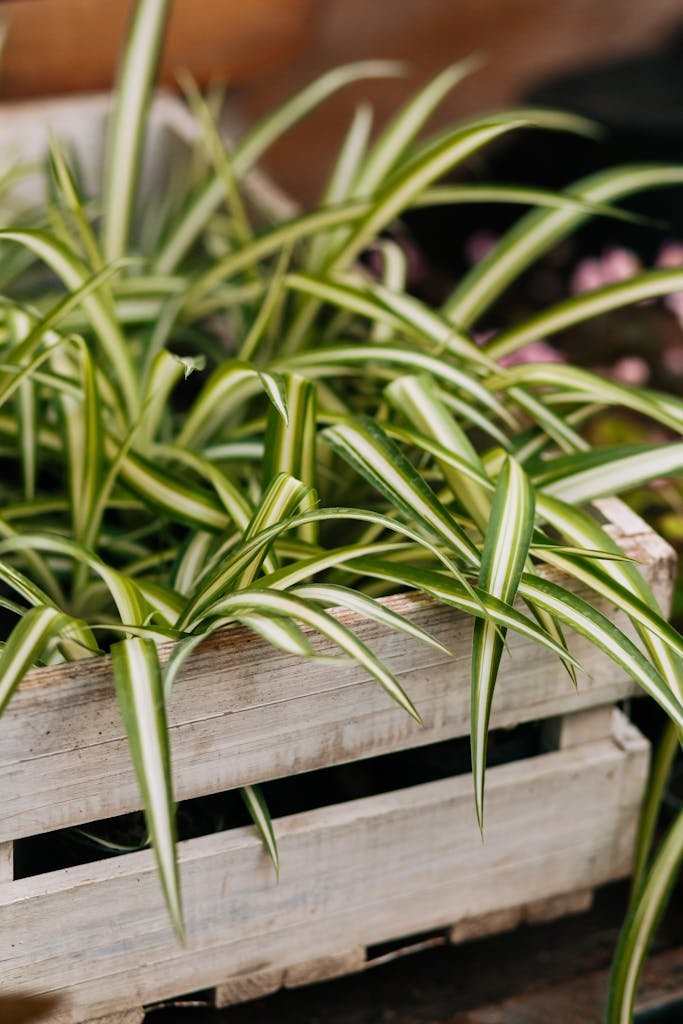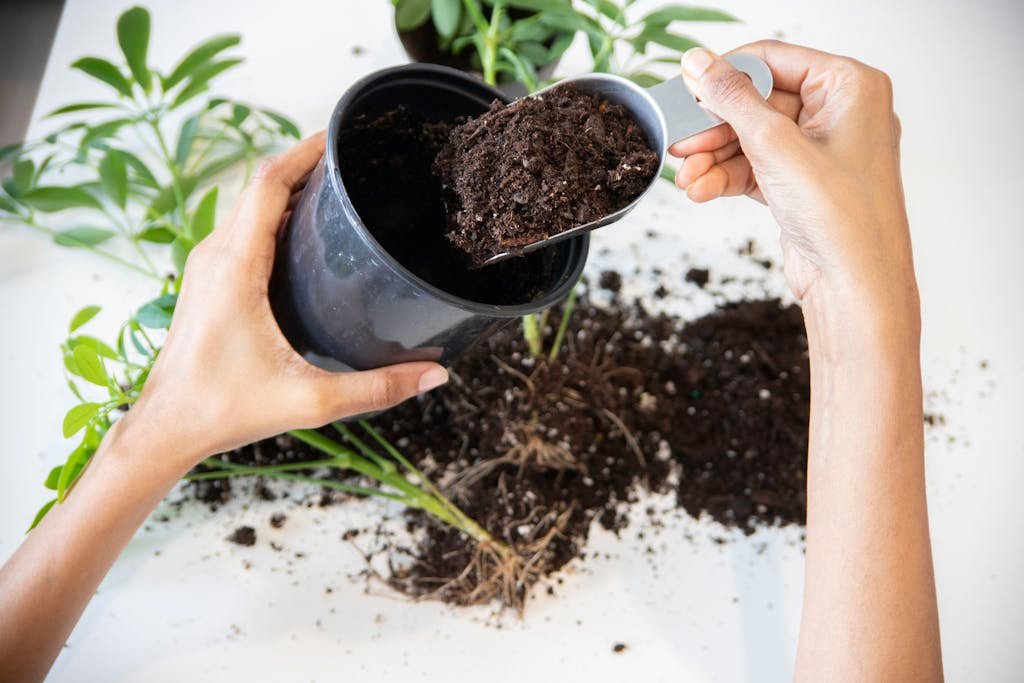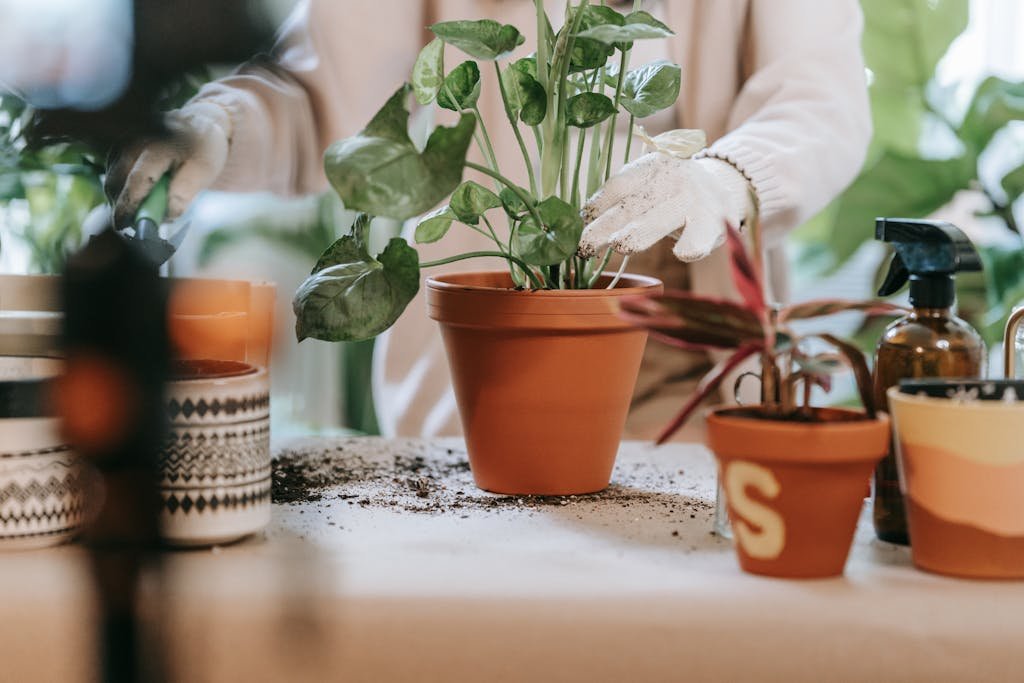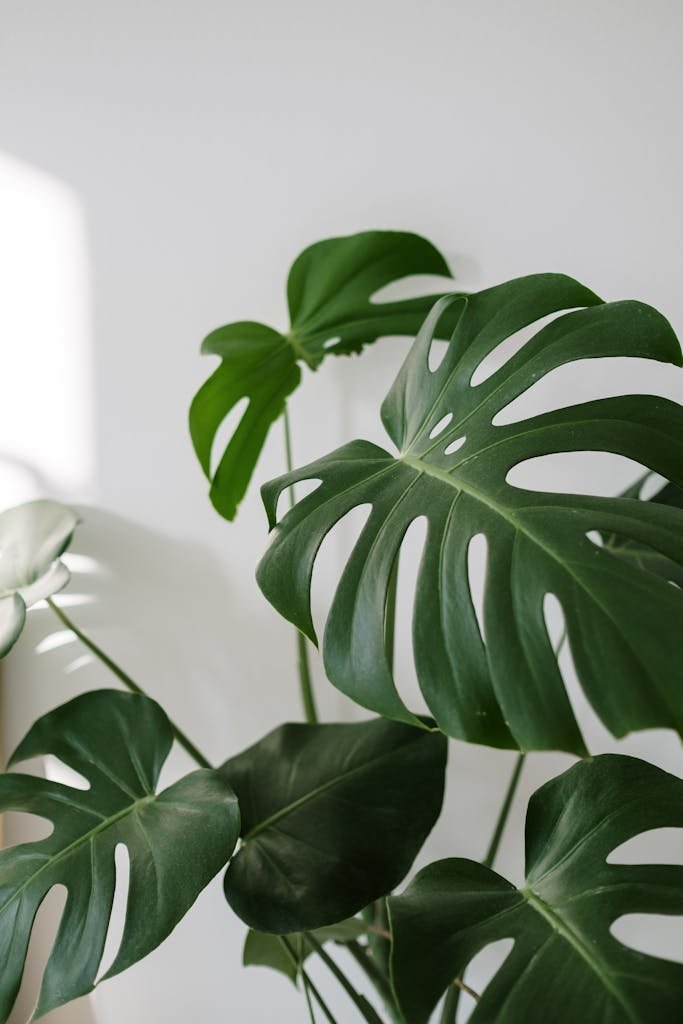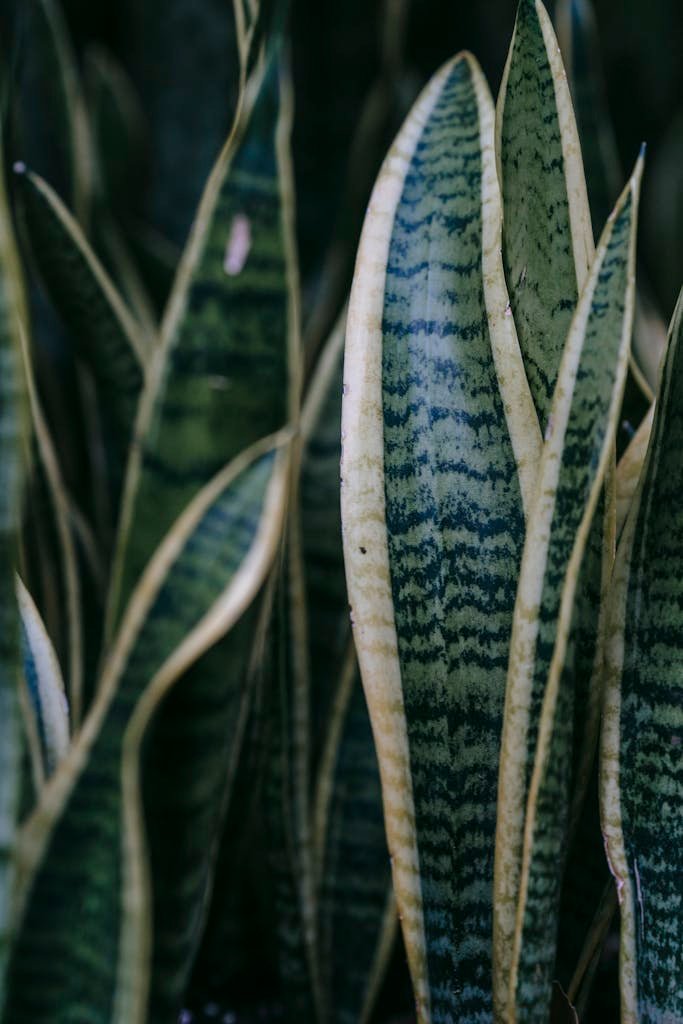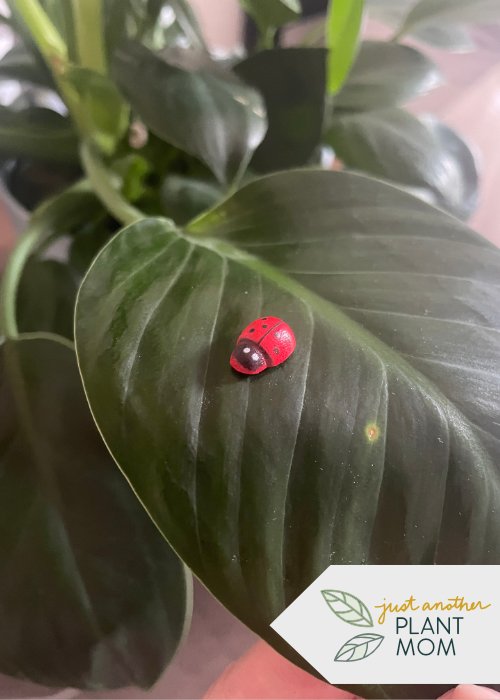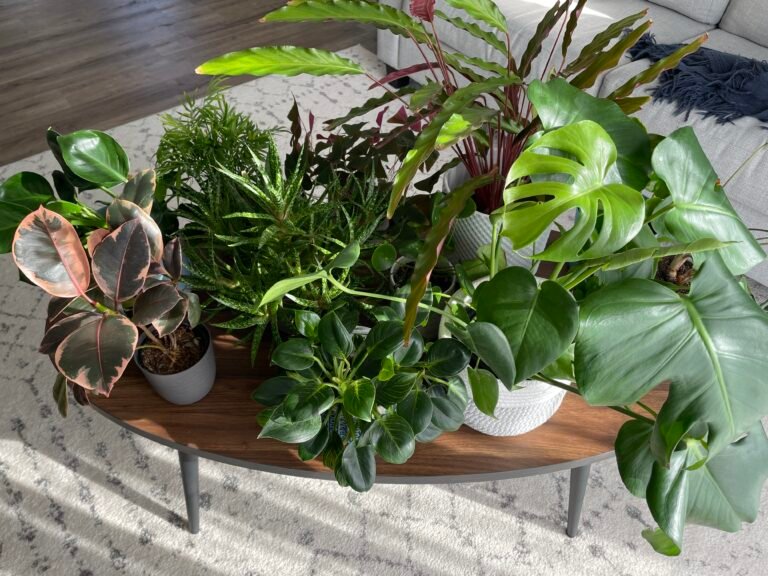The complete guide to caring for your spider plant
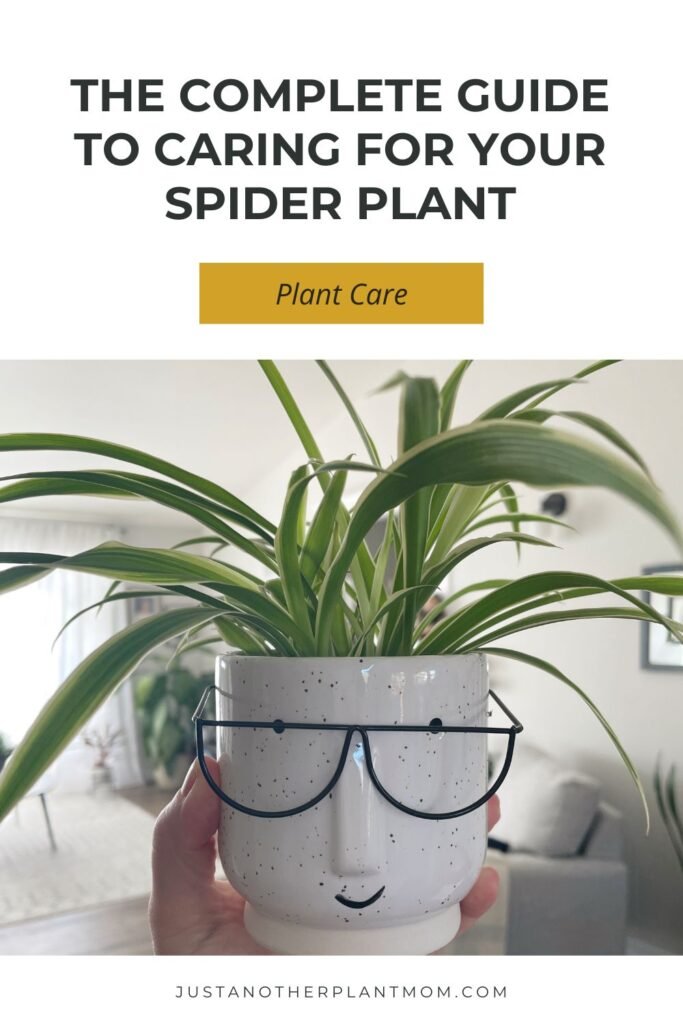
Spider plants are one of those plants that give me a nostalgic feeling—probably because so many of us had them in our homes growing up! And they are popular for good reason: spider plants are one of the easiest plants to care for! While they might not be the most exciting plant, I personally think a plant collection just isn’t complete without one!
Spider plants (Chlorophytum comosum aka airplane plant or ribbon plant) originate from Southern Africa and are part of the Asparagaceae family. They are super robust, low maintenance plants, probably best known for their ability to survive in all kinds of indoor environments and produce baby spiderettes or “pups.” (More on this later!) They also produce pretty white flowers, often year round.
Like other houseplants, spider plants can help improve indoor air quality by absorbing harmful pollutants and releasing oxygen through photosynthesis. Studies conducted by NASA have identified spider plants as effective in removing toxins such as formaldehyde, xylene, and carbon monoxide from the air. (Note: NASA’s study looked at plants in a sealed environment, not a regular home, and you would likely need hundreds of plants for this to be effective in your home—but hey, it’s still cool!)
Spider plant varieties
There are a few different varieties of spider plants, but these are the three most common ones that you’ll come across:
- Variegated spider plant: This classic variety is probably the most well known, with long leaves that have a cream/white stripe running along the center (The reverse spider plant has cream stripes on the edges and green along the center.)
- Non variegated/Solid green spider plant: As the name suggests, this variety has solid green leaves without the cream colored stripe.
- Bonnie spider plant: The Bonnie spider plant is a fun variation that is similar to the variegated plants but has a more compact size and lovely curly leaves.
Regardless of the variety, the care is basically the same for all spider plants.
Note: While spider plants are generally non-toxic and safe for pets, consuming large quantities of the plant may cause mild gastrointestinal upset in cats and dogs.
How to care for your spider plant
Light requirements:
You’ve probably heard that spider plants can tolerate low light, making them a good option for offices and bedrooms, etc. However, if you want your spider plant to be vibrant, happy and healthy, it’s essential to give them enough light! This is especially true if you’d like your plant to bloom or produce spiderettes. Even though spider plants can tolerate low light conditions, they will thrive in moderate to bright, indirect sunlight. Avoid placing your plant in direct sunlight, as this can scorch the leaves and cause them to yellow.
Water requirements:
Like many indoor plants, overwatering is a common issue with spider plants. To prevent root rot, allow the top inch of soil to dry out between waterings. I typically water my spider plant once a week, but keep in mind your environment can affect how much and how often you need to water. (Get more tips on how to water your plants here!) It’s also important to have spider plants in a pot with drainage so that they aren’t sitting in wet soil which can lead to root rot.
Soil requirements:
Spider plants will be happiest in a well-draining potting mix that allow excess water to flow through easily. Some experts suggest a combination of peat moss, perlite, and coarse sand as an ideal growing medium for spider plants. Personally, I put mine in my usual mix of potting soil, orchid bark and perlite and they do great! The key is with spider plants is to choose something well draining. Remember to repot your spider plant every couple of years to refresh the soil and size up slightly to provide room for root growth if necessary. You can also add some houseplant fertilizer (according to package directions) in the spring and summer months.
Temperature and humidity requirements:
Spider plants thrive in typical indoor temperatures ranging from 60°F to 75°F (15°C to 24°C). They can tolerate slightly cooler temperatures, but avoid exposing them to drafts or sudden temperature fluctuations. While spider plants are adaptable to varying humidity levels, they appreciate slightly higher humidity, especially during the winter months when indoor air tends to be drier. If your humidity drops, you may see brown tips on the leaves of your spider plant.
Troubleshooting Issues with Your Spider Plant
- Brown tips on leaves: This is one of the most common issues with spider plants. Brown tips on on leaves are often a sign of low humidity. Consider placing a small humidifier near your plant to boost humidity levels or place it with other plants which will naturally create a more humid environment. Brown tips can also sometimes indicate underwatering or inconsistent watering, so keep that in mind too!
- Yellowing leaves: Yellowing leaves may indicate overwatering, insufficient light, or poor soil drainage. Always check the soil in the pot before watering to make sure that it’s dry so that you don’t risk overwatering. If your watering is on point, try moving your plant to another area of your home that gets more light. Finally, check your pot and soil. Does the pot have good drainage? Are you using good quality soil? If not, you might need to repot your plant. (For more about why leaves turn yellow, read this!)
- Wilting or drooping leaves: Wilting or drooping leaves are typically a sign of underwatering and your plant’s way of telling you that it’s thirsty! Check the moisture level of the soil and water your plant as needed.
- Pests: While spider plants are relatively resistant to pests, they can occasionally suffer infestations of spider mites or aphids. Inspect your plant regularly for signs of pests and treat them with insecticidal soap or neem oil if necessary.
- Leggy growth: If your spider plant begins to produce long, sparse stems with fewer leaves, it may be due to inadequate light. Move your plant to a brighter location with indirect sunlight to encourage compact, bushy growth.
How to Propagate Your Spider Plant
One of the best parts of owning a spider plant is watching it grow little spiderettes. Snipping the spiderettes is by far the easiest way to propagate your plant, but there are other ways as well.
Spiderettes:
Mature spider plants produce runners which develop small offshoots called plantlets or offsets. These plantlets are also commonly referred to as spiderettes or pups. Spiderettes can be easily propagated to create new plants. Simply snip the spiderettes from the parent plant using clean scissors or pruning shears and place them in a container of water. Once roots have developed, you can plant the spiderettes in individual pots. If you’d like to skip the water rooting step, you can actually place spiderettes directly in a potting soil mix. If you go this route, just be sure to keep the soil moist (but not overly wet) to encourage roots to form.
Stem cuttings:
Another way to propagate your plant is to take a stem cutting from the parent plant. Cut a healthy stem with several leaves attached and place it in a container of water or moist potting mix. Keep the cutting in a warm, brightly lit area and ensure that the soil remains consistently moist if using potting mix. Once roots have formed, plants can be potted up.
Division:
If you’ve got a large spider plant, you can divide it up to make two individual plants. After removing the plant from its pot, gently separate the root ball into two equal-ish sections. Replant the divisions in individual pots and water thoroughly.
Fun facts about spider plants
Why do spider plants have variegated leaves?
The variegated leaves of spider plants actually have a practical purpose: they help to protect the plant from excessive sunlight by reflecting light away from the leaves. This adaptation allows spider plants to thrive in a variety of light conditions.
Do spider plants actually like being root-bound?
Because they grow so quickly, spider plants can become root-bound very quickly. (This means the roots are stuffed tightly into the pot.) However, spider plants tend to actually like being somewhat root-bound and can stay like that happily for quite a while. In fact, it can encourage them to bloom and produce pups. Just keep an eye on your plant for any signs of distress because at some point it will outgrow the pot and need to be repotted in a bigger size.
Conclusion
If you’re looking for a nostalgic, low-maintenance plant that’s easy to propagate and share with friends, then you’ll definitely enjoy owning a spider plant! Hopefully these tips will help your spider plant no only survive, but thrive!
